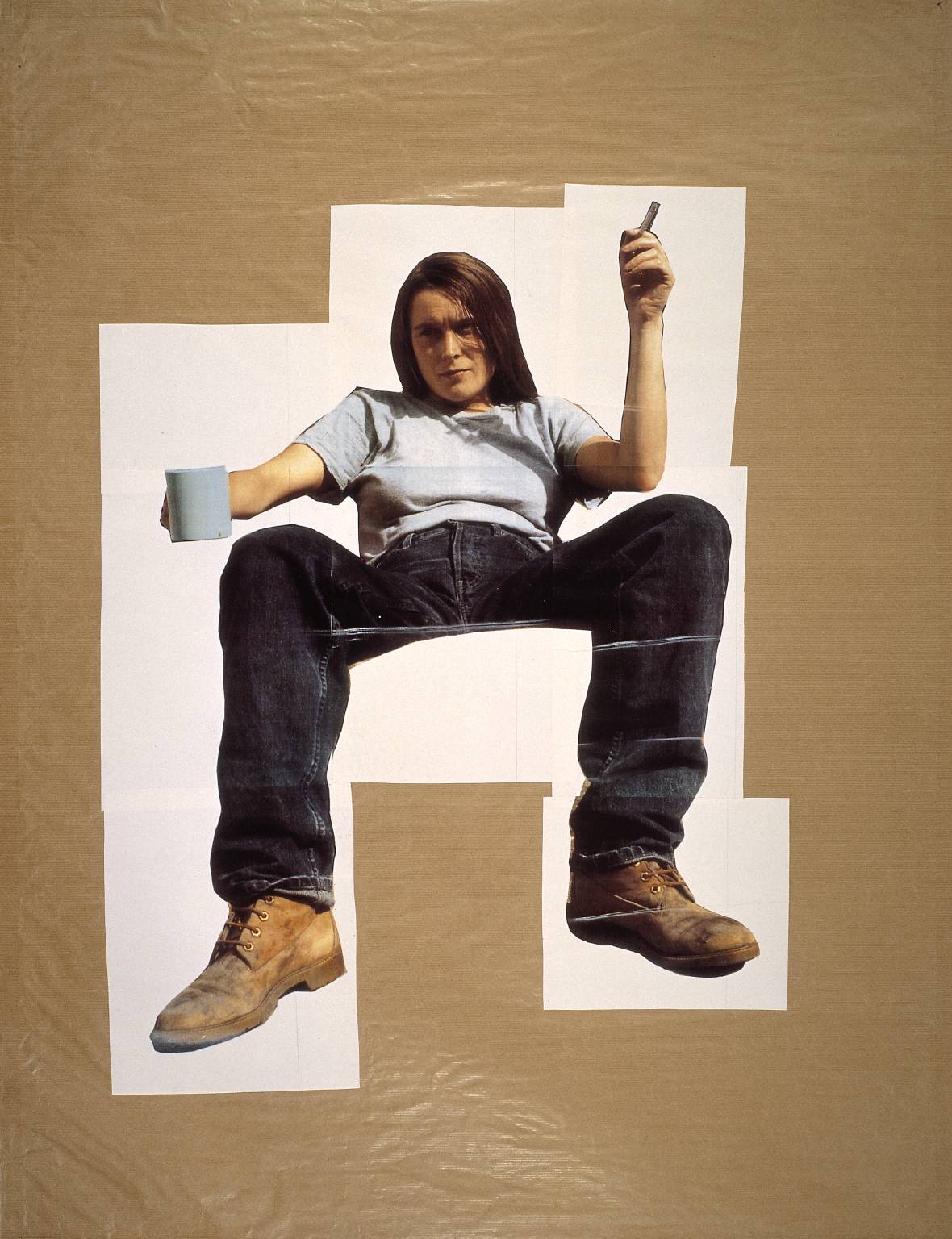I am most interested in dialogue. I try to distort ordinary conversations by changing their context. In doing this I hope to invite the viewer to question the way we use dialogue in order to relate to each other. I am most interested in the sort of social interaction that has less of an obvious purpose (sometimes we interact with one another with a clear motivation of communicating information, whilst other times we converse seemingly for the sake of ‘making conversation’). I strive to present the sometimes alienating nature of this sort of interaction and seek to highlight the unspoken codes of behaviours we operate by during these conversations. What brought me to this point was thinking about the relationship between the therapist and their patient. To me this is a bizarre type of social interaction that does not exist in the ‘real world’. It is very self aware in that the therapist and the patient remove themselves from the conversation and examine the conversation itself. For example, the therapist might say ‘perhaps I should not have disclosed this personal information to you, does it change the way you now perceive me?’ I want to see what would happen if one were to apply this element of self awareness to a normal conversation, by writing a script for a performance between two characters where they engage in a normal conversation, which is occasionally interrupted by the two characters reflecting on their interaction. This idea was also informed by reading Impro by Keith Johnstone. In this book Johnstone argues that that the purpose behind ‘making conversation’ is to assert superior or inferior status between the people in the conversation.
I
also use discourse as a way of exploring traditional ideas of masculinity. For
example, I made a film where I memorised an interview with the artist David
Salle and performed it with my mother on my bed while she combed my hair. I did
this as a way of appropriating male discourse and recontextualising it in a
hyper-feminine interaction. However, throughout the process of making my work,
what I have come to find most interesting is actually how people have reacted
to it, often arguing that it is offensive to men. I seek to examine the desire
to be provocative and what we understand to be controversial in the current
climate of ‘political correctness’.

